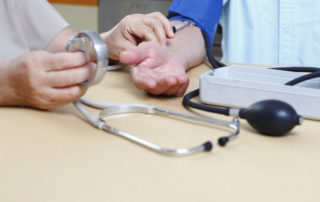The Status of Women in Northeast Florida: Strengthening the Pipeline for Women’s Advancement to Leadership
Starting in 1996, using data from the U.S. Census Bureau among other data sets, the Institute for Women’s Policy Research launched its Status of Women in the States report series, which looks at numerous metrics that relate to the economic achievement, poverty, physical and mental health, education, work and family, violence and safety, reproductive rights, and political participation of women.







